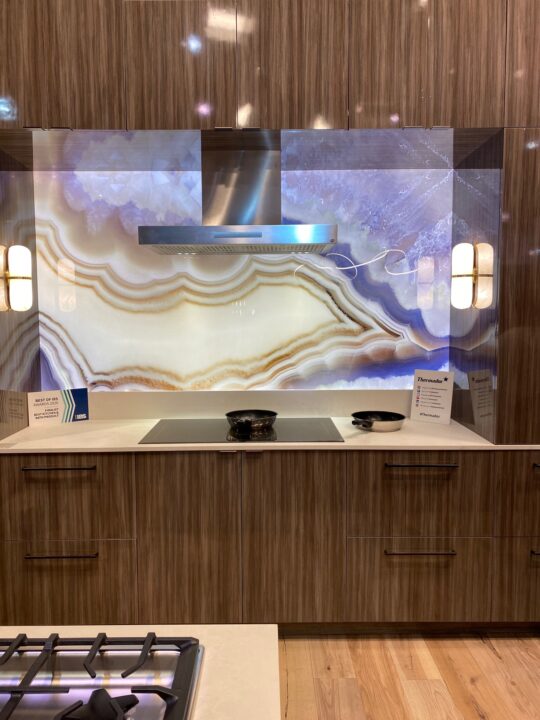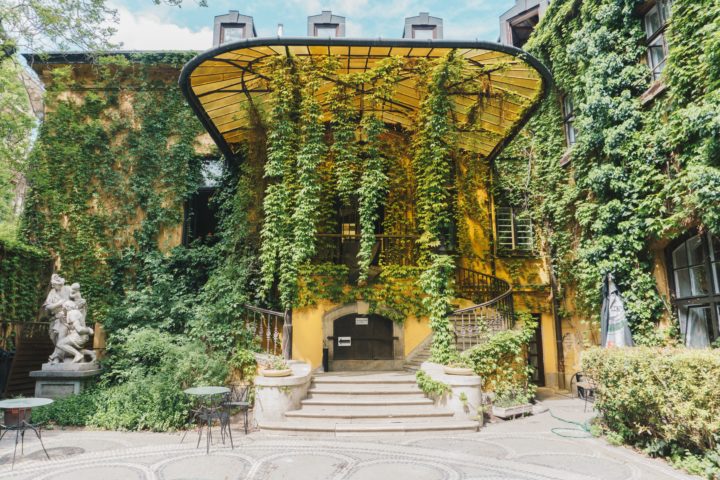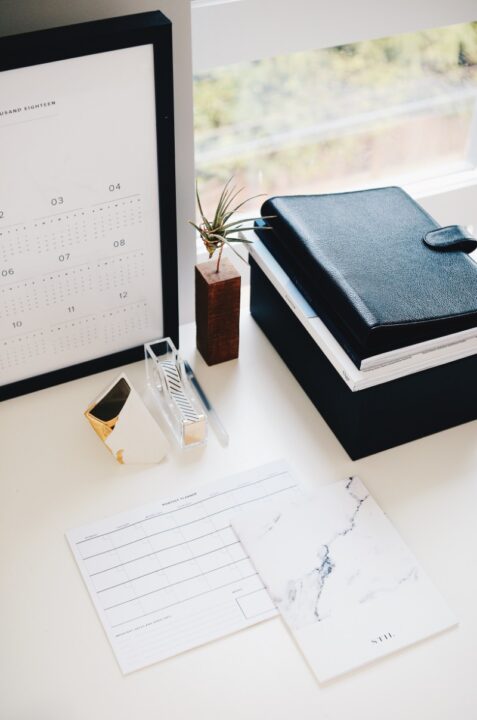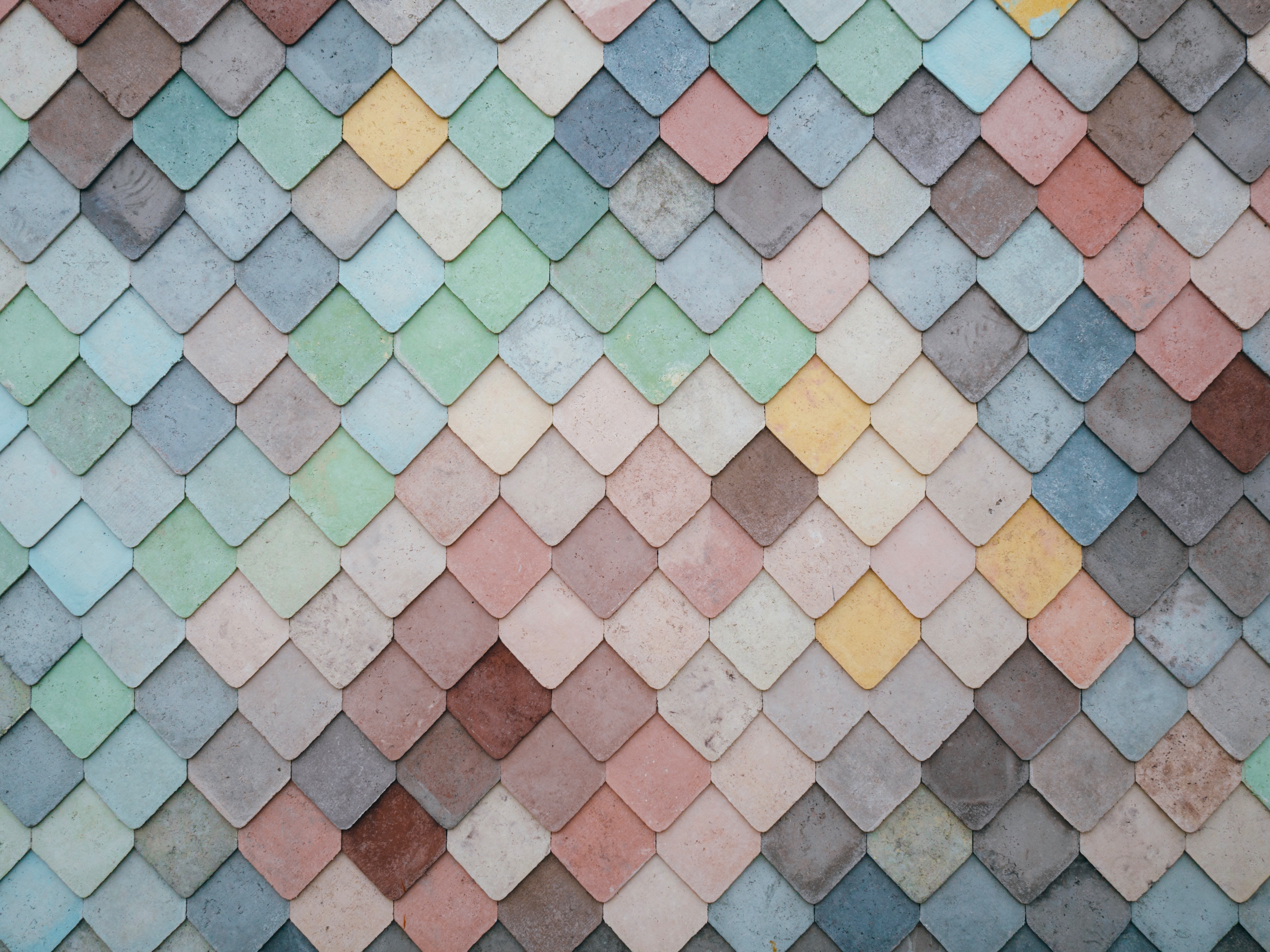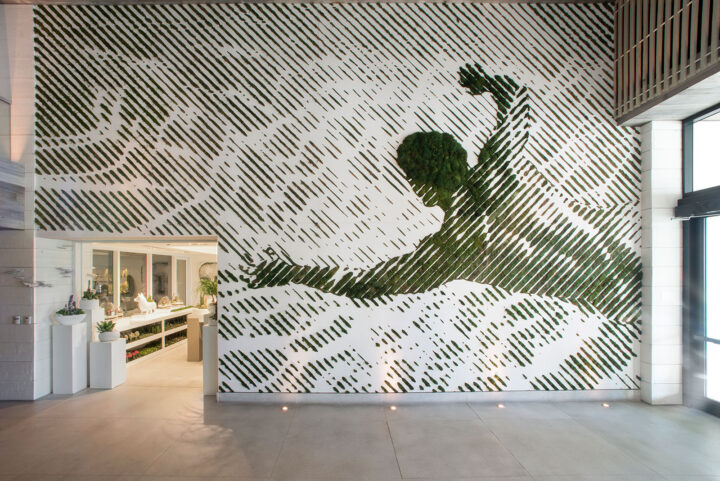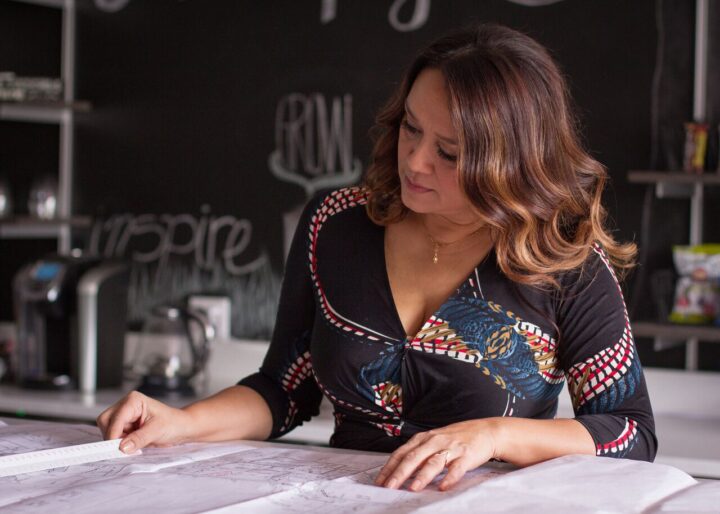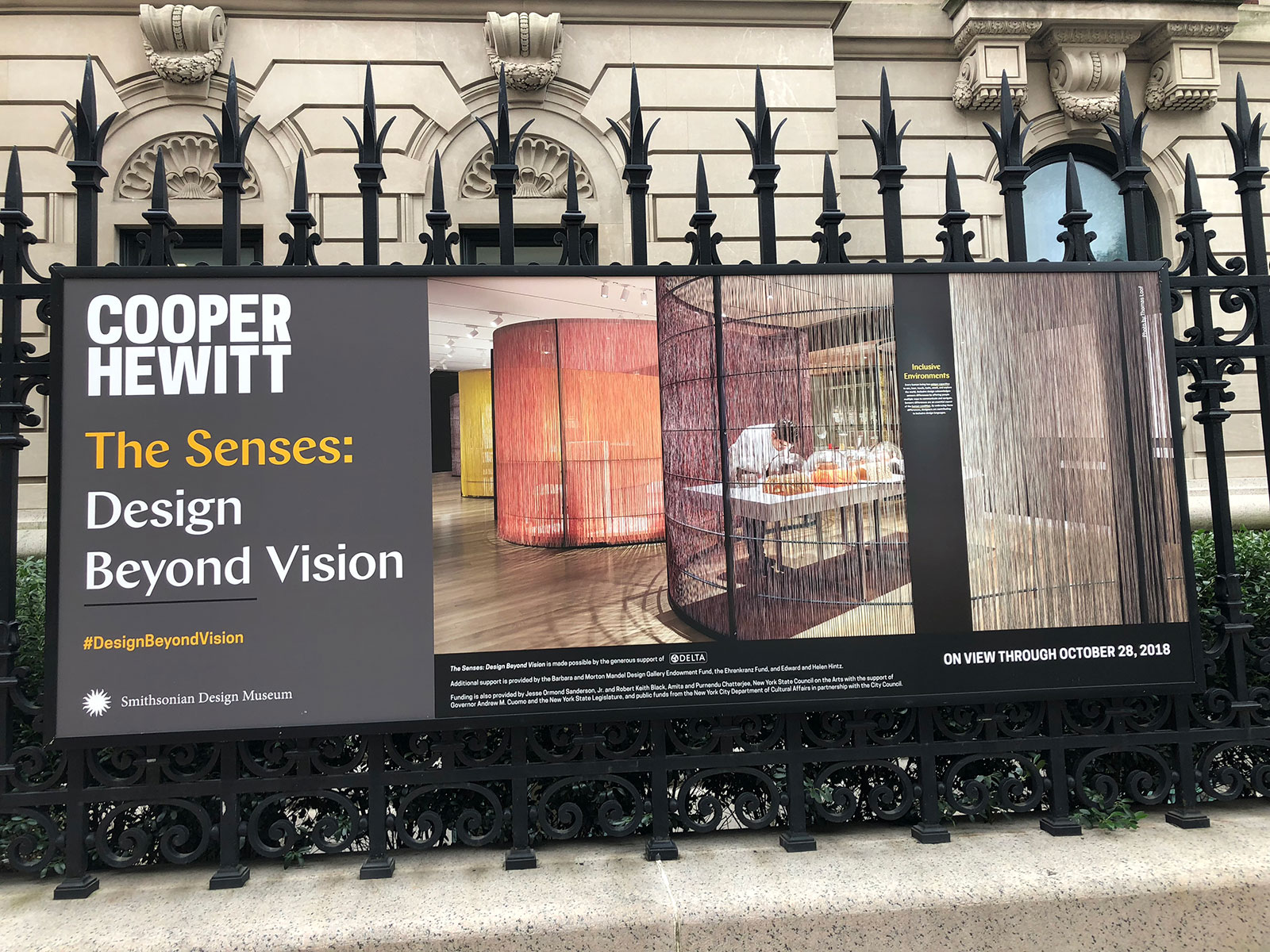
The world of design is one that leans heavily on the senses. However, there is a tendency to place great emphasis on the aesthetic, creating a decidedly one-dimensional experience. This way of doing things may not be wrong. It is, however, shortsighted, and our historical tendency to under-utilize and under-stimulate the other senses has, from an evolutionary standpoint, left our species forever changed.
The Senses: Design Beyond Vision is an immersive experience, educating visitors about the intermingling of our senses, and how the relationship of the senses to one another enhances the human experience. This one-of-a-kind exhibition features immersive installations that go beyond our ability to see.
This innovative concept envelops visitors in realities that go far beyond aesthetic, allowing them to see our world in ways that contradict everything they know.
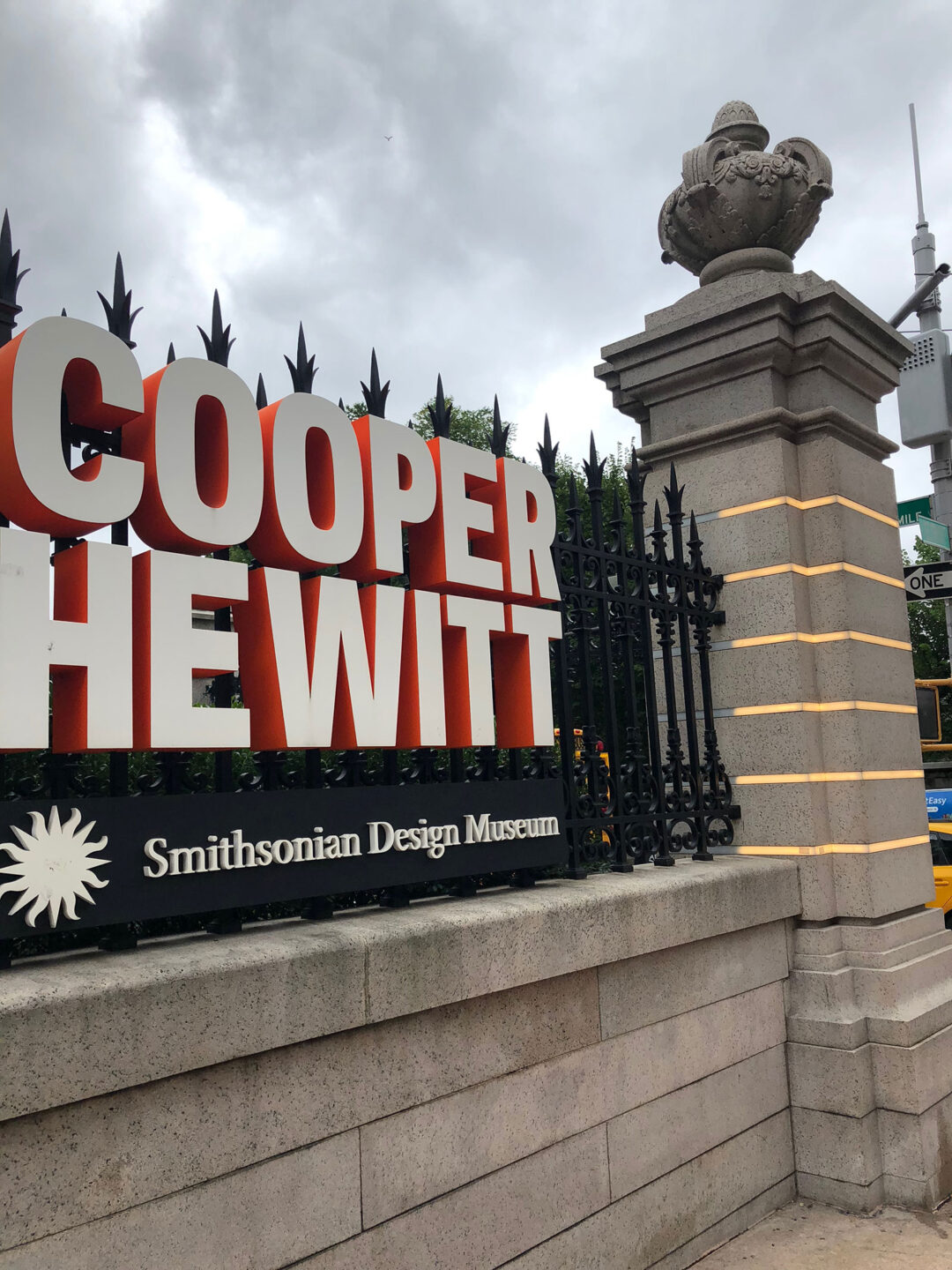
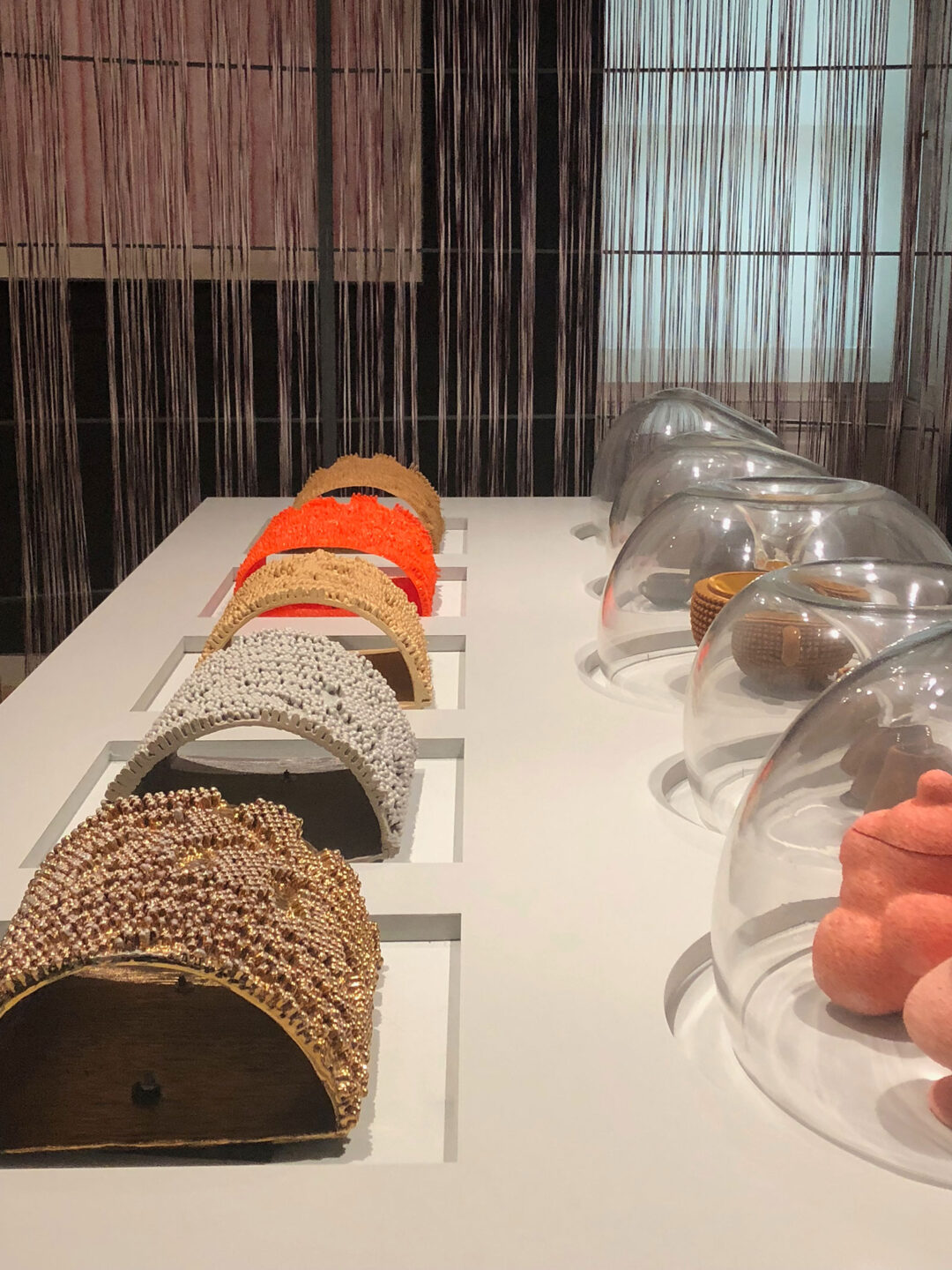
In this way, The Senses pushes the limits on the conventional understanding of how we experience life.
Visitors are invited to experiment at their own pace as they smell music, feel sound, and participate in other layered activities, ultimately leading to a better understanding of the inner-workings of the magical human body. The result is a feeling of wholeness and a sudden awakening to new tingling, exciting, delicious, and sometimes emotionally wrenching ways to fully and completely experience the world around.
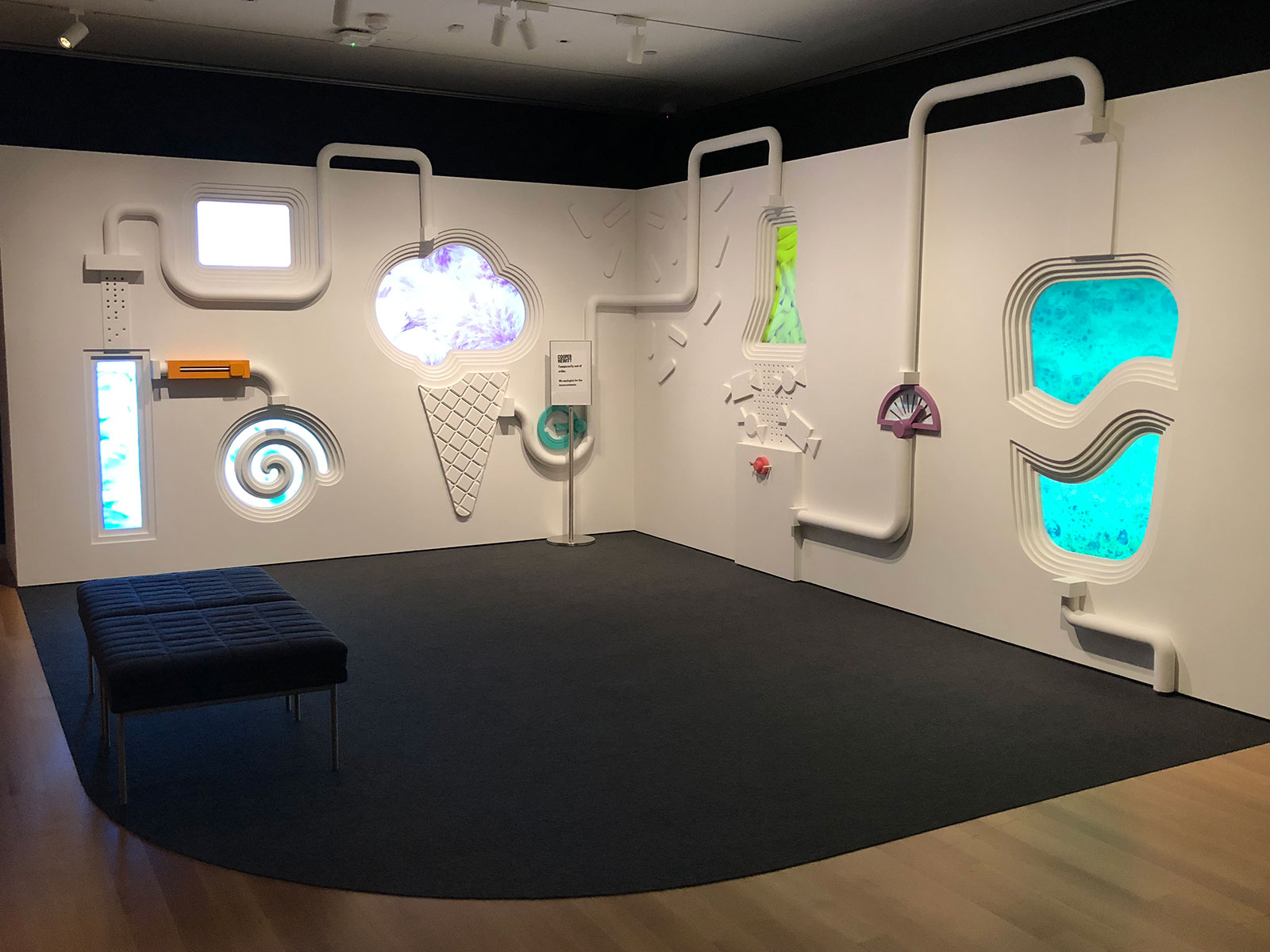
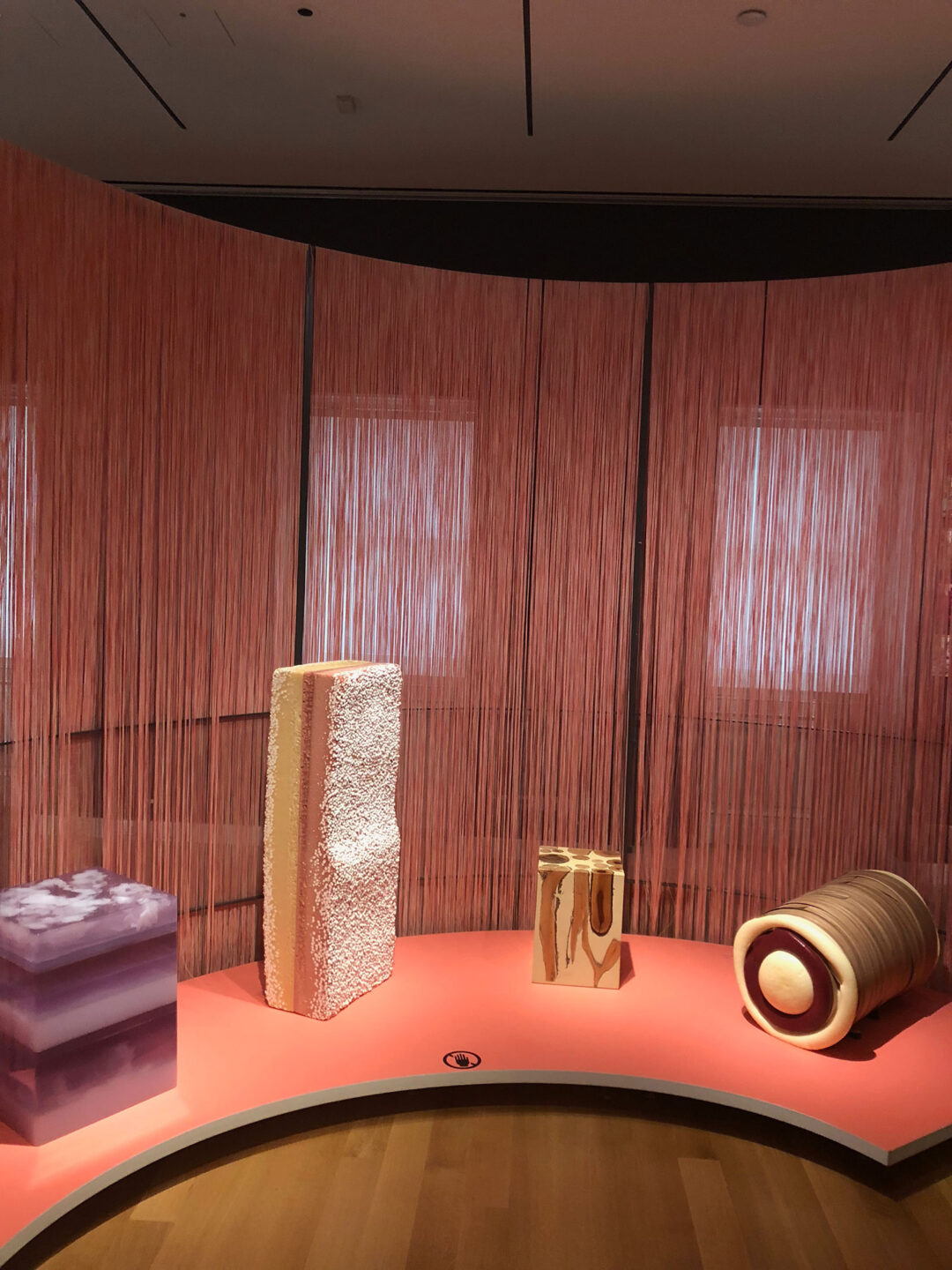
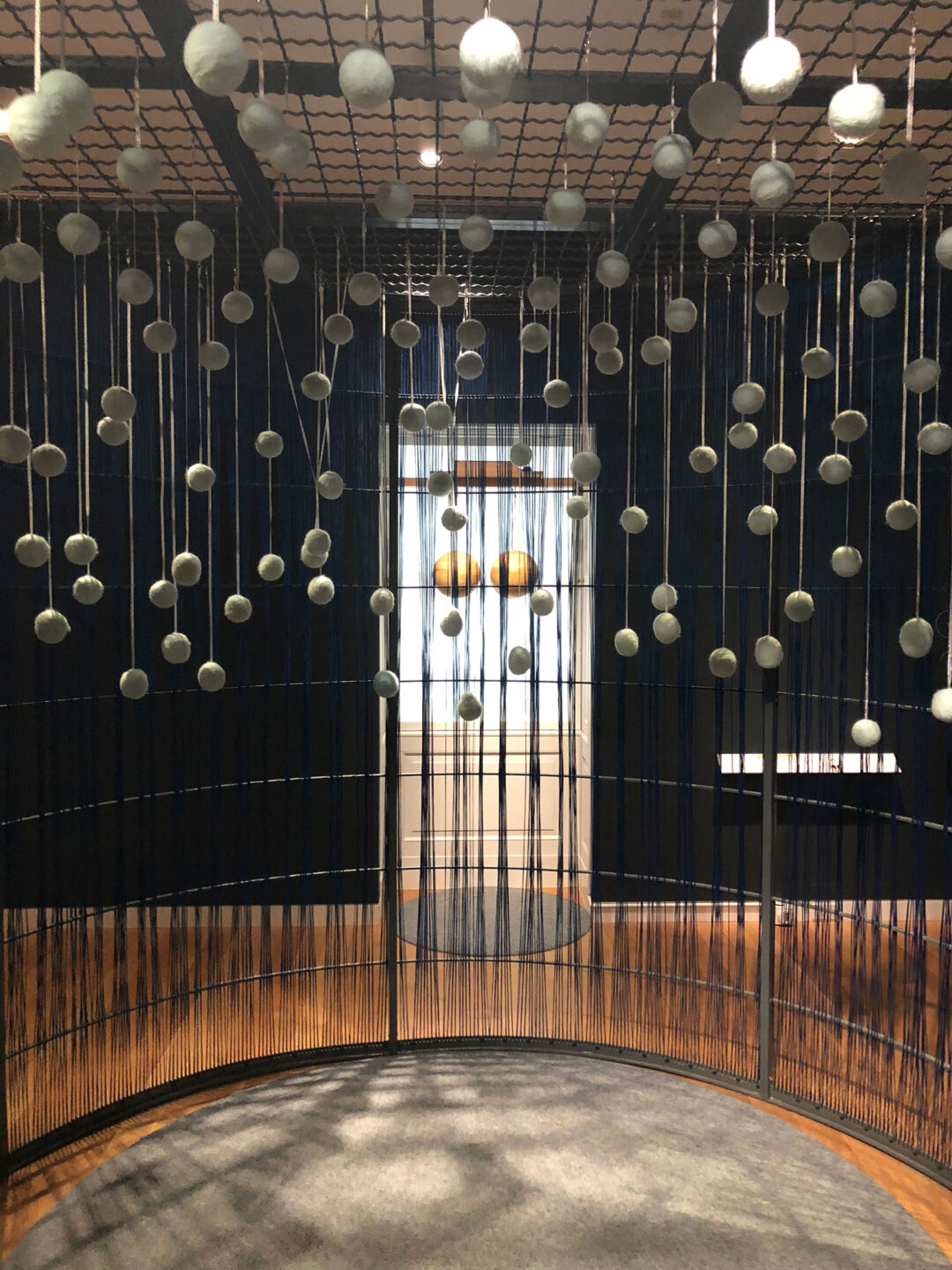
Of course, innovation would be impossible without innovators themselves.
The exhibit features experimental designs and practical solutions from some of the world’s greatest minds, including Christopher Brosius, KunstLAB Arnhem, Studio Roos Meerman, Maya+Rouvelle, and more. With a heavy emphasis on inclusion and accessibility, great measures were taken to utilize braille, guided audio and more to allow this experience to affect as many users as possible.
I was incredibly moved by my interaction with the tactile orchestra, experiencing soft touches paired with raw, passionate, sometimes jagged sounding music.
I also enjoyed learning about the relationship of music to vibration by interacting with the impeccably designed Vibeat, a clean, modern piece of jewelry that translates music into vibrations, allowing the hearing impaired to experience the joy of music. Additionally, Eric Gunther’s “Seated Experience of Feelings” was incredible, pushing me into a world where I could experience the power of verbal suggestion paired with intentional vibrations.
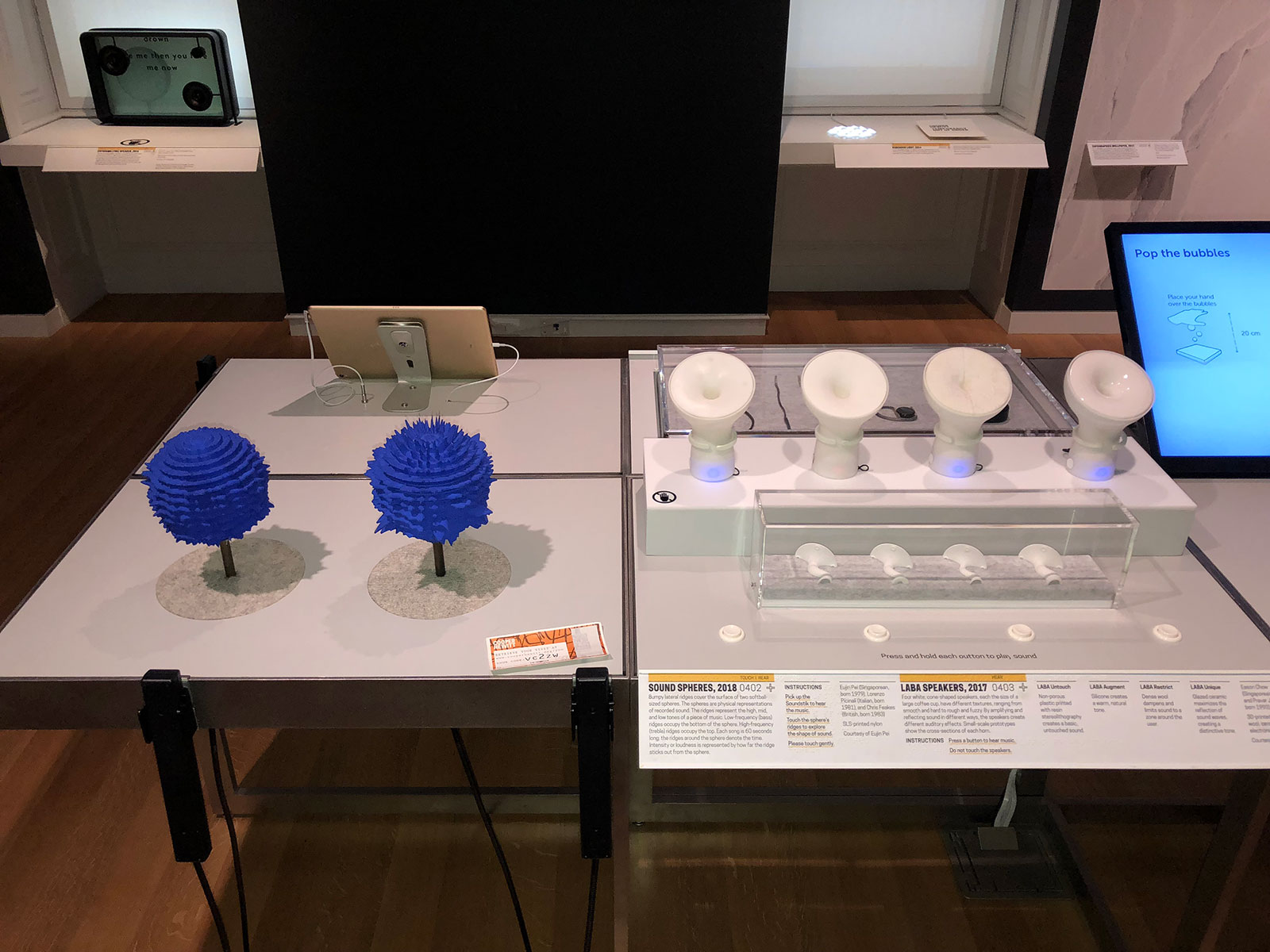
The Senses’ emphasis on sensory design makes it abundantly clear how activated all five of our intertwined senses are, and how much more heightened they could be, as we navigate the world.
When you shrink that down into how you interact with your home, you begin to realize just how important it is to move beyond the aesthetic and into greater innovation. A small, but fascinating exhibit demonstrated tableware that uses color and form to gently guide users with dementia, vision loss, and sensory disorders. Designs like these help pave the way for interior designers and architects to reimagine clients’ homes, creating pathways that engage the senses.
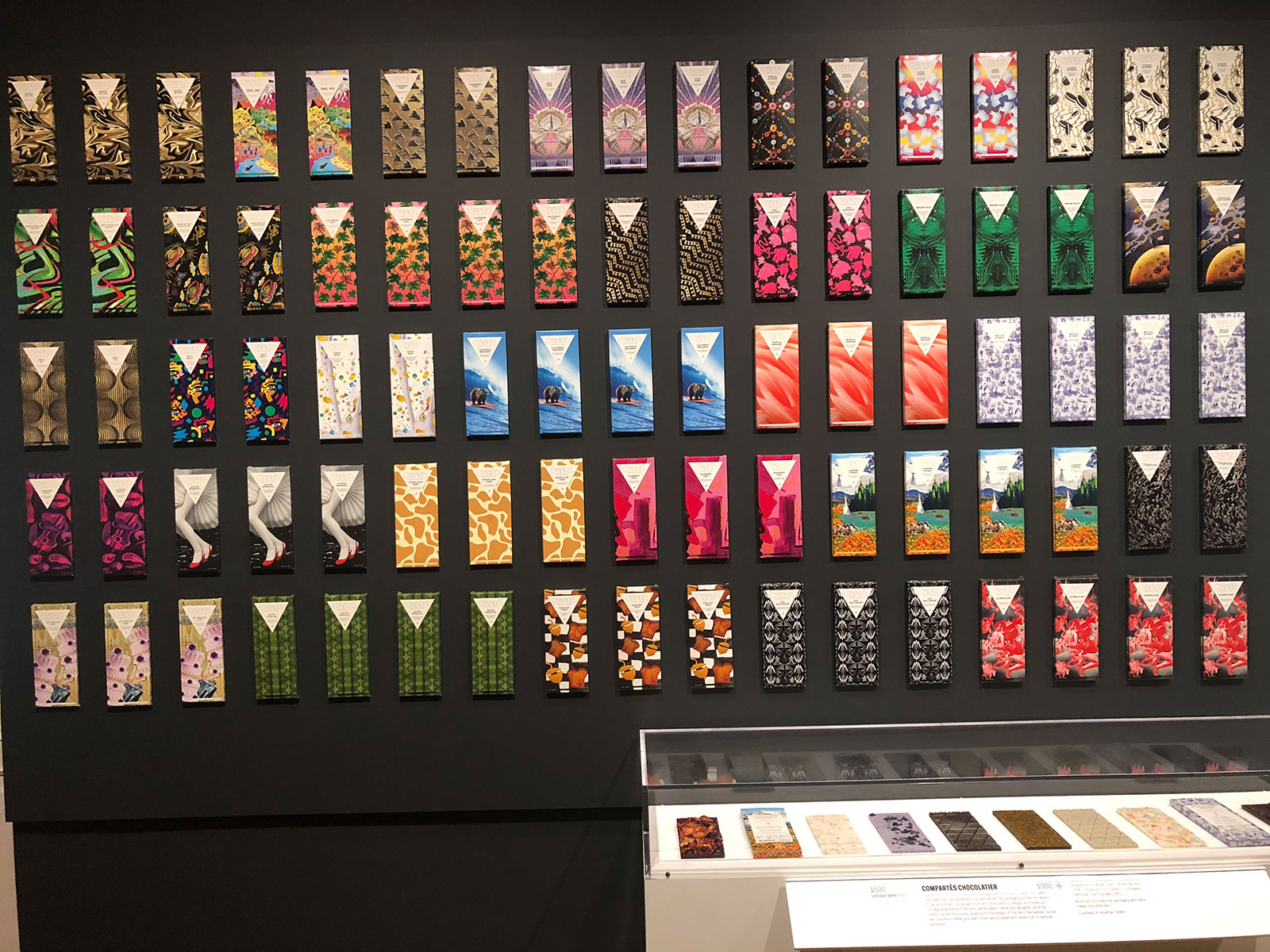
As we move into a time of greater innovation, we also move into a time of greater inclusion.
Although I have written extensively on how to work with interior designers, exhibits like The Senses are vital for designers to visit. As those responsible for our clients’ most personal day-to-day interactions within a single defined space, we must continue to learn how to harness innovative thinking. I walked away from this exhibit feeling empowered to better execute for clients, all of whom deserve daily activation of senses otherwise ignored in traditional design.
